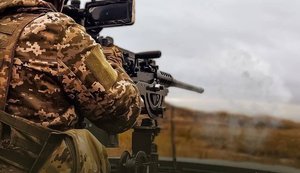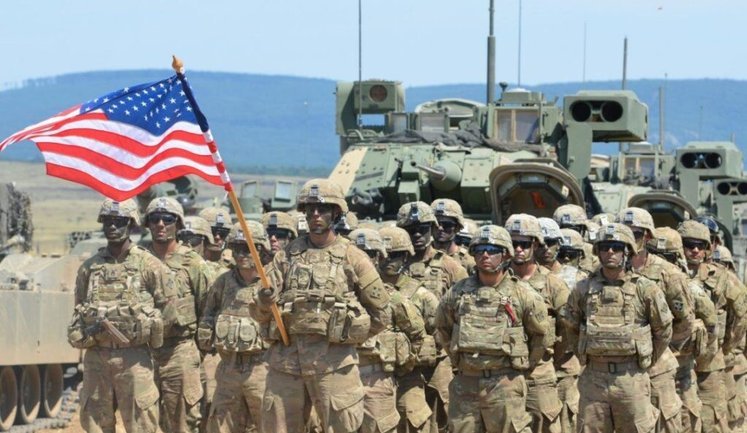The Army remains a focal point in global news, highlighting strategic shifts and technological advancements. Recently, the US Army Command in Europe emphasized that troop reductions won't impact regional security. Concurrently, the innovation wave sees America's introduction of the Phantom MK-1, the first humanoid military robot, redefining future warfare. Meanwhile, Ukrainian military maneuvers include night firing exercises and leadership changes, with commanders Silenko and Kituhin dismissed amid shifting strategies. Legislatively, Ukraine debates severe penalties for disobeying orders, reflecting broader discipline within its ranks. These developments underscore the dynamic nature of army operations, from strategic redeployments to cutting-edge innovations, shaping military landscapes worldwide.
How do troop reductions affect army security?
According to the US Army Command in Europe and Africa, plans to redeploy parts of the military from European bases will not alter the existing security dynamics. This reassures that current defense mechanisms remain robust despite personnel adjustments.
What is the significance of the Phantom MK-1 robot for the army?
The Phantom MK-1, the world's first humanoid robot developed for the army, represents a breakthrough in military technology. It is designed to perform complex tasks, potentially reducing human risk and enhancing operational efficiency in conflict zones.
What are the consequences of disobeying orders in the Ukrainian military?
A new legislative proposal by the Ukrainian Verkhovna Rada suggests imprisonment for 5 to 10 years for military personnel who disobey commanders' orders, indicating a stringent approach to maintaining discipline and operational effectiveness within the ranks.
Why were commanders Silenko and Kituhin dismissed from the Ukrainian Armed Forces?
Commanders Volodymyr Silenko and Maksym Kituhin were relieved from their duties as part of an internal restructuring effort led by Commander-in-Chief Oleksandr Syrskyi, aiming to enhance strategic responsiveness and adaptability in ongoing military operations.
What changes are occurring in military conscription and service in Ukraine?
An increase in conscription rates signifies Ukraine's efforts to bolster its military forces. Additionally, potential civil service appointments now require prior military service, underscoring the integration of national defense efforts into broader governmental roles.
What impact does the US military's rotation in Eastern Europe have?
The Pentagon's announcement of rotating 6,000 troops in Eastern Europe reflects a commitment to maintaining a strategic presence, enhancing bilateral and multilateral cooperation, and ensuring readiness amidst the evolving security landscape.
How is technological innovation shaping the future of military operations?
Technological advancements, such as the development of humanoid robots and digital management systems, are transforming military operations by increasing precision, efficiency, and safety. These innovations support strategic objectives and enhance overall capability.





























































